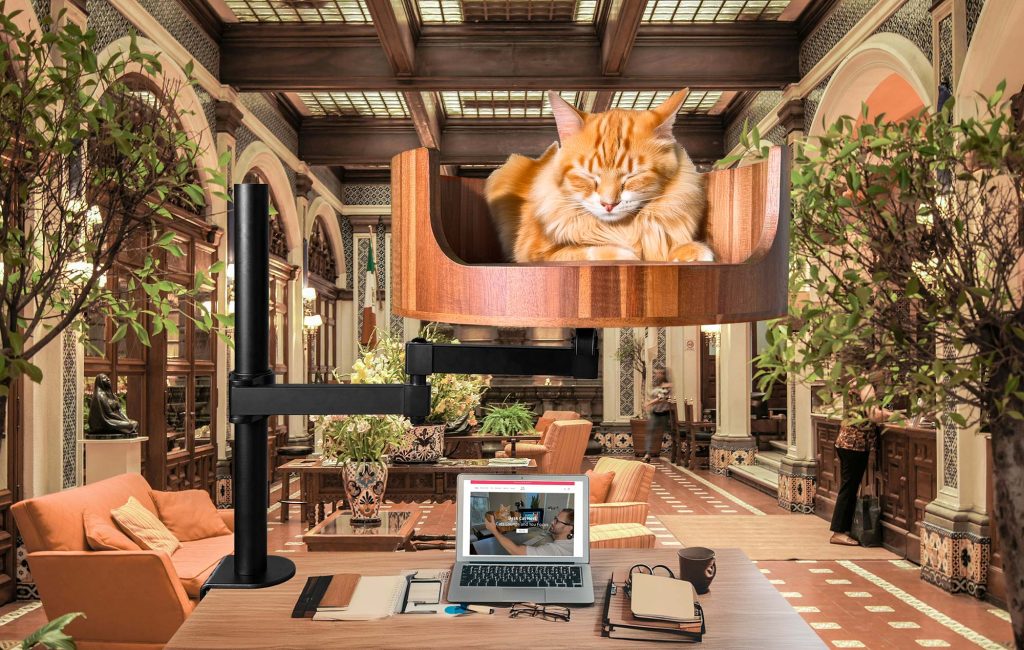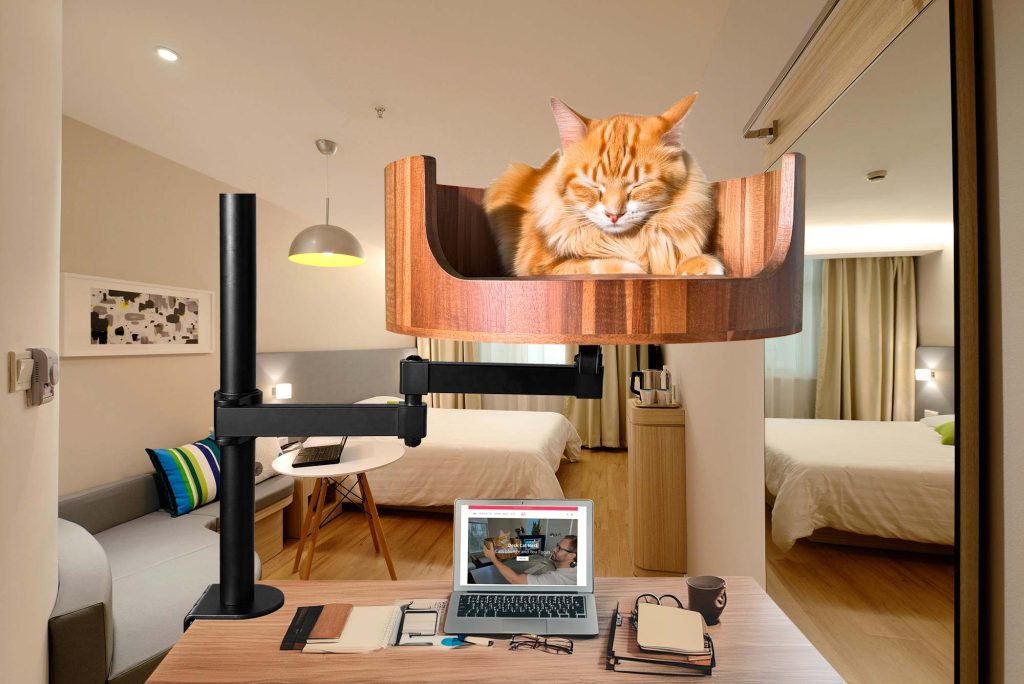Have you ever wondered why your cat growls? Cats are known for being mysterious creatures, often communicating through various sounds and body language. One common form of communication that can leave pet owners puzzled is the growling behavior exhibited by some felines. In this article, we will delve into the fascinating world of feline communication to understand the reasons behind why cats growl and what they are trying to convey.
From playtime to mealtime, cats use growling as a way to express their emotions and communicate with their owners. By diving into the different contexts in which cats may growl, we can gain valuable insights into their feelings and needs. Understanding the meaning behind a cat’s growl can help pet owners better interpret their furry friend’s behavior and provide the appropriate care and attention. So, the next time you hear your cat growl, you will have a better understanding of what they are trying to tell you.
1. Cats growl as a form of communication, often to show aggression or territorial behavior.
2. Growling in cats can be a sign of fear, pain, or discomfort, and should be taken seriously.
3. Understanding a cat’s body language along with growling can help decipher their emotions and needs.
4. It is important to respect a growling cat’s space and avoid provoking them further.
5. Seeking guidance from a veterinarian or animal behaviorist can help address underlying issues causing a cat to growl.
What is Cat Growling?
Cat growling is a vocalization that cats use to communicate their discomfort, fear, or aggression. It is a low, guttural sound that is often accompanied by other body language cues such as flattened ears, dilated pupils, and a tense body posture. Growling is a warning sign that a cat is feeling threatened and may lash out if provoked further. It is important for cat owners to understand the meaning behind their pet’s growling in order to prevent any potential conflicts or injuries.
Why Do Cats Growl?
Cats may growl in response to a variety of situations, such as feeling threatened by another animal, being in pain, or simply being in a bad mood. Growling can also be a defensive behavior when a cat feels cornered or trapped. The reasons behind a cat’s growling can vary depending on the individual animal and their past experiences. It is important for cat owners to pay attention to their pet’s body language and behavior in order to determine the underlying cause of their growling.
How to Handle a Growling Cat
When faced with a growling cat, it is important to remain calm and avoid escalating the situation. Do not try to touch or restrain the cat, as this may provoke them further. Instead, give the cat space to calm down and try to identify the cause of their growling. If the growling persists or if the cat’s behavior becomes more aggressive, it may be necessary to seek the help of a professional behaviorist or veterinarian. In some cases, growling may be a sign of an underlying medical issue that requires treatment.
Case Studies: Understanding Cat Growling Behavior
Case studies have shown that cat growling can be a complex and nuanced form of communication. In one study, researchers observed that cats were more likely to growl when faced with an unfamiliar or threatening stimulus, such as a loud noise or a stranger entering their territory. By analyzing the context in which cats growl, researchers were able to gain insight into the underlying motivations behind this behavior. Case studies can help cat owners better understand their pet’s growling and how to respond appropriately.
Frequently Asked Questions
Do cats naturally growl?
Yes, cats can growl as a form of communication. It is usually a sign of agitation or discomfort, but every cat is different, and some may growl more frequently than others.
Will a Desk Cat Nest help reduce my cat’s growling?
While a Desk Cat Nest provides a cozy and secure space for your cat to relax, it may not directly reduce growling behavior. Addressing the underlying cause of your cat’s growling, such as stress or fear, is key to helping your cat feel more comfortable.
Can the Desk Cat Nest be used as a safe space for my growling cat?
Yes, the Desk Cat Nest can serve as a safe and comforting space for your cat to retreat to when they are feeling anxious or agitated. Cats often seek out enclosed spaces when they feel stressed, and the Desk Cat Nest provides a secure environment for them to relax.
Are there any other products or techniques I should consider alongside the Desk Cat Nest to help with my cat’s growling?
It’s essential to address the root cause of your cat’s growling behavior. Consider consulting with a veterinarian or animal behaviorist to determine the best approach for addressing your cat’s stress or discomfort. In addition to using the Desk Cat Nest as a safe space, providing enrichment activities, interactive toys, and positive reinforcement training can also help reduce growling behavior.
In conclusion, providing your cat with a comfortable and secure space, such as a Desk Cat Bed, can help reduce instances of growling behavior. The cozy and enclosed design of the bed provides a sense of safety and security for your feline friend, helping to alleviate stress and anxiety that may lead to growling. Additionally, the plush material and cushioned interior of the Desk Cat Bed ensure your cat’s utmost comfort, promoting relaxation and contentment. Investing in a Desk Cat Bed is a valuable choice to create a peaceful environment for your cat and foster a harmonious relationship between you and your furry companion.


